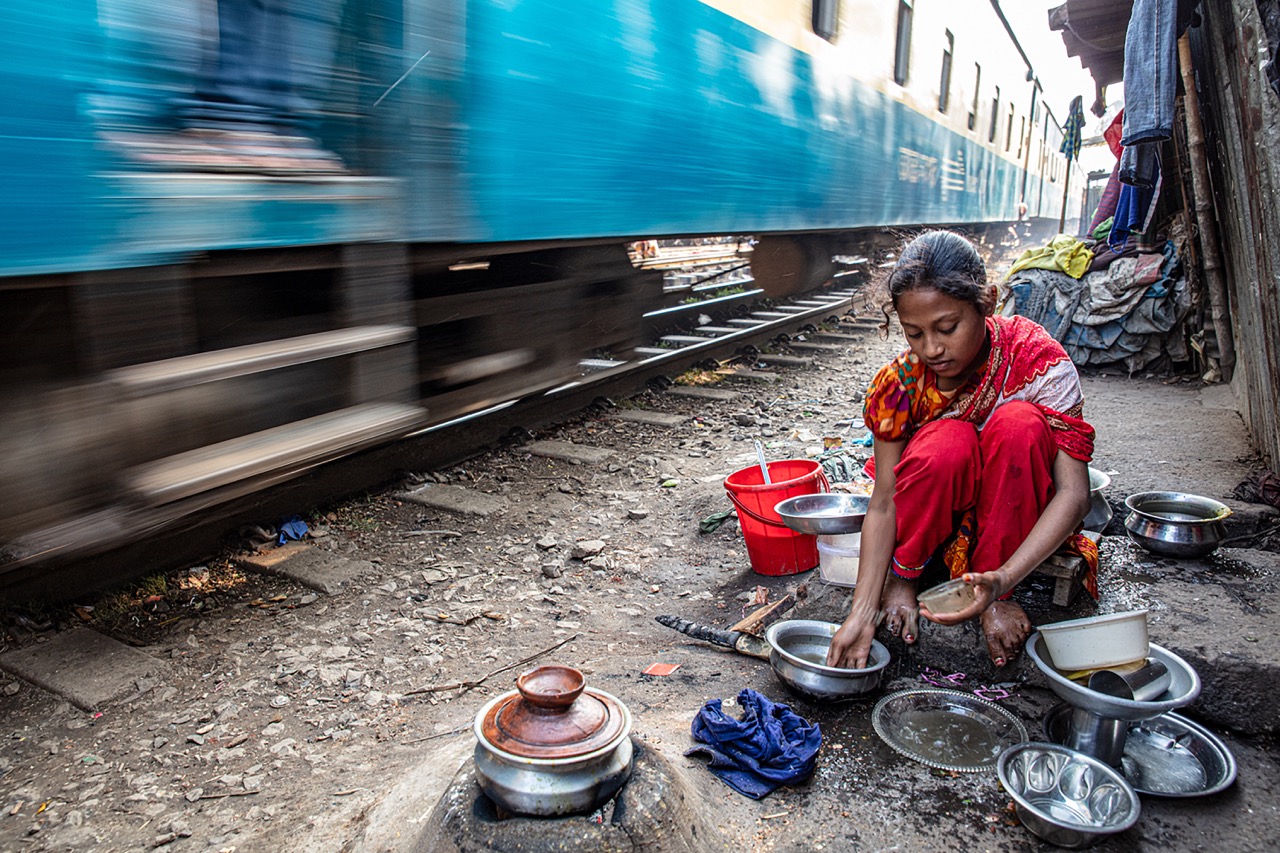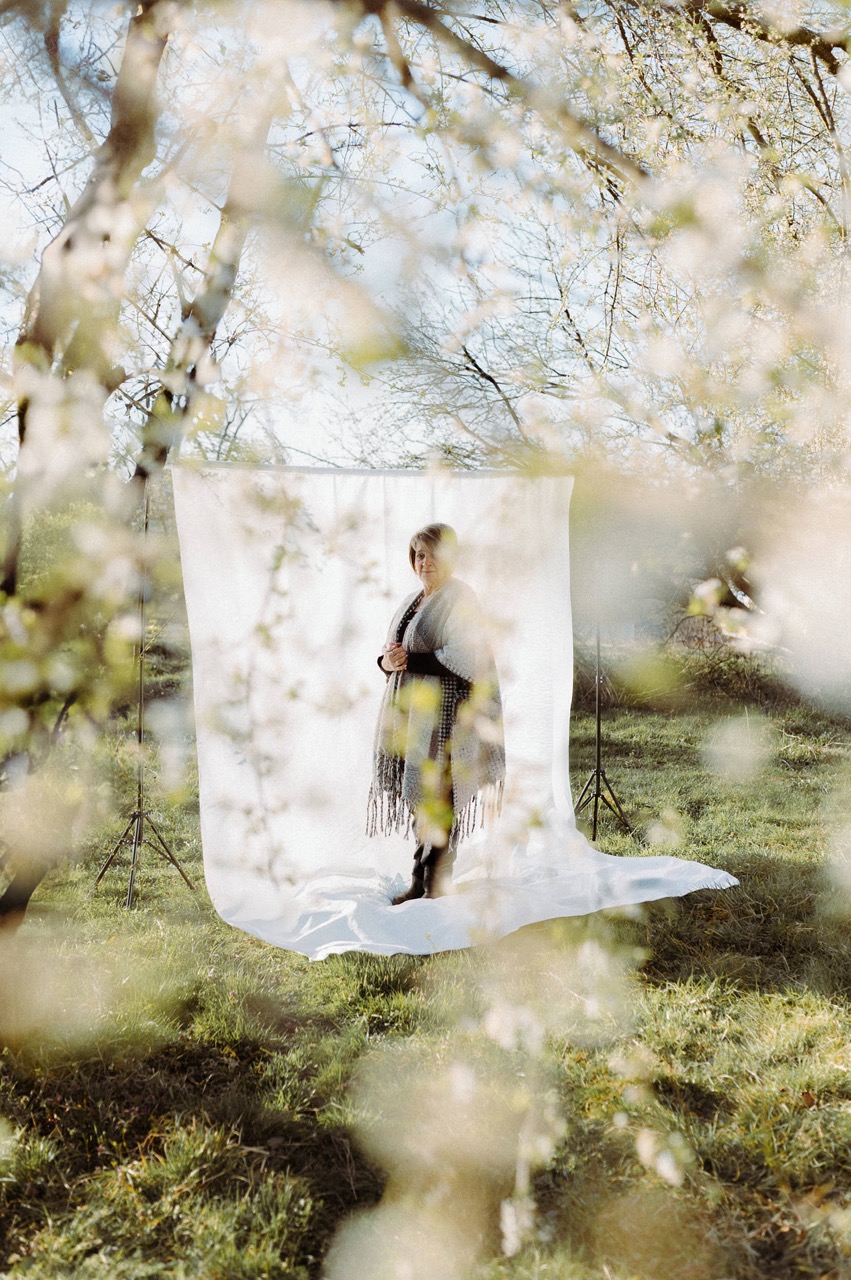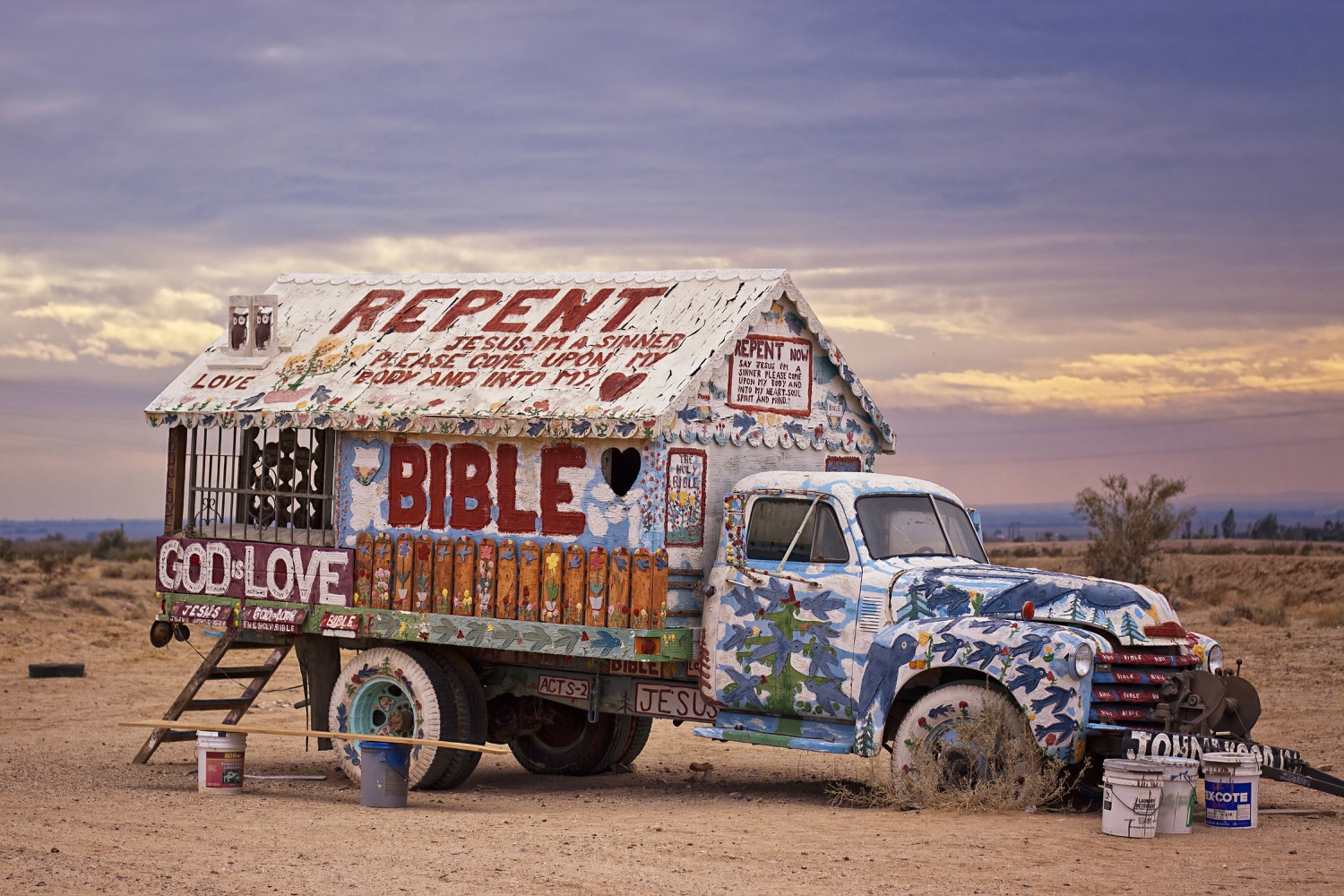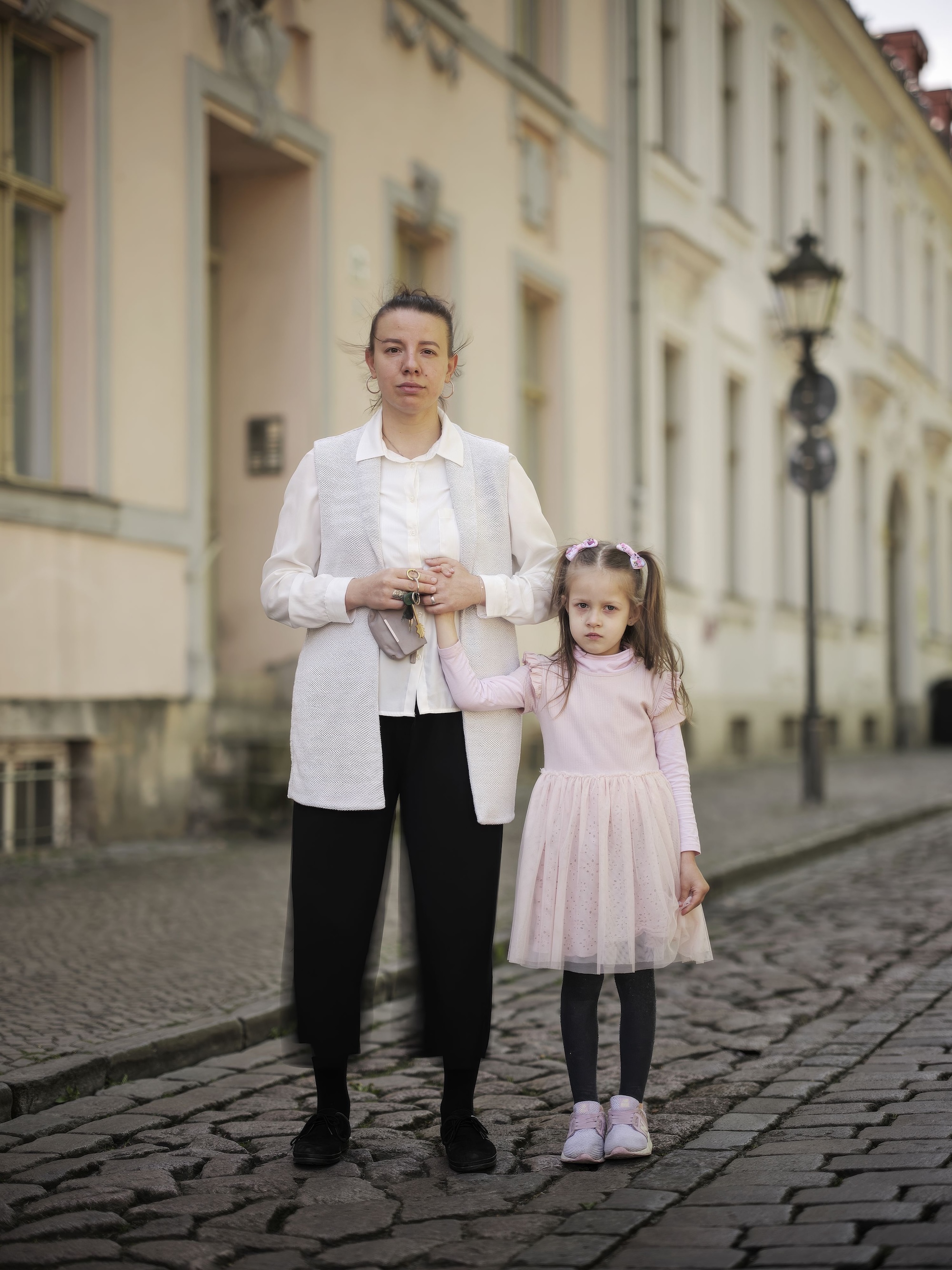
The Displaced
Cristian Barnett
Shocked by Russia’s invasion, Barnett photographed displaced Ukrainians in Europe.
Artdoc

Food photographer Cristian Barnett was profoundly shocked by the sudden invasion of Russia into Ukraine, prompting him to create a series about displaced Ukrainians who are now residing in Germany and Poland. He sought another outlet for his photography; this personal project, entirely different from his commercial work, motivated him to persevere. “I’m in Estonia for the start of a new long-term project about the border between Russia and NATO.”
Payment Failed
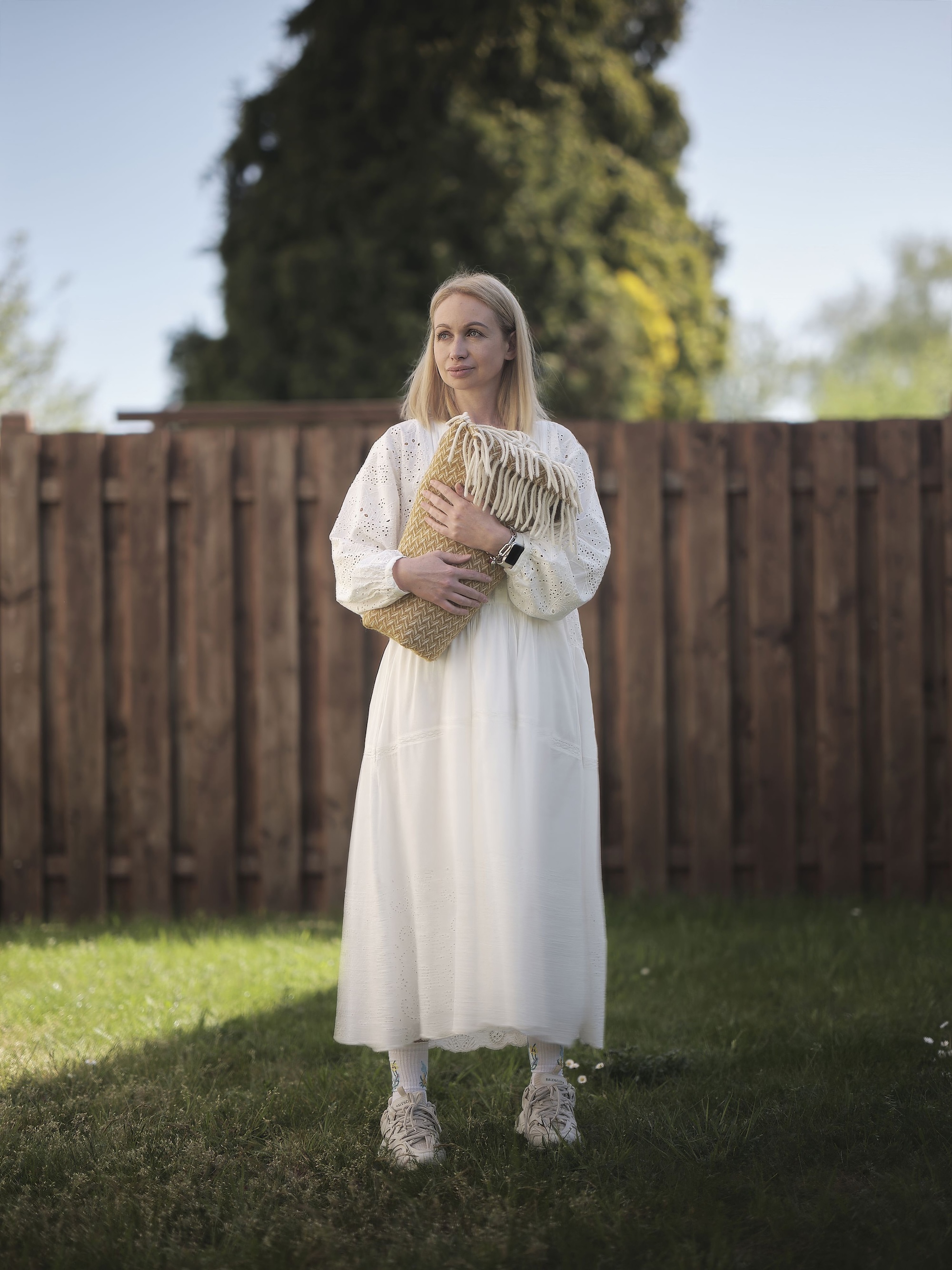
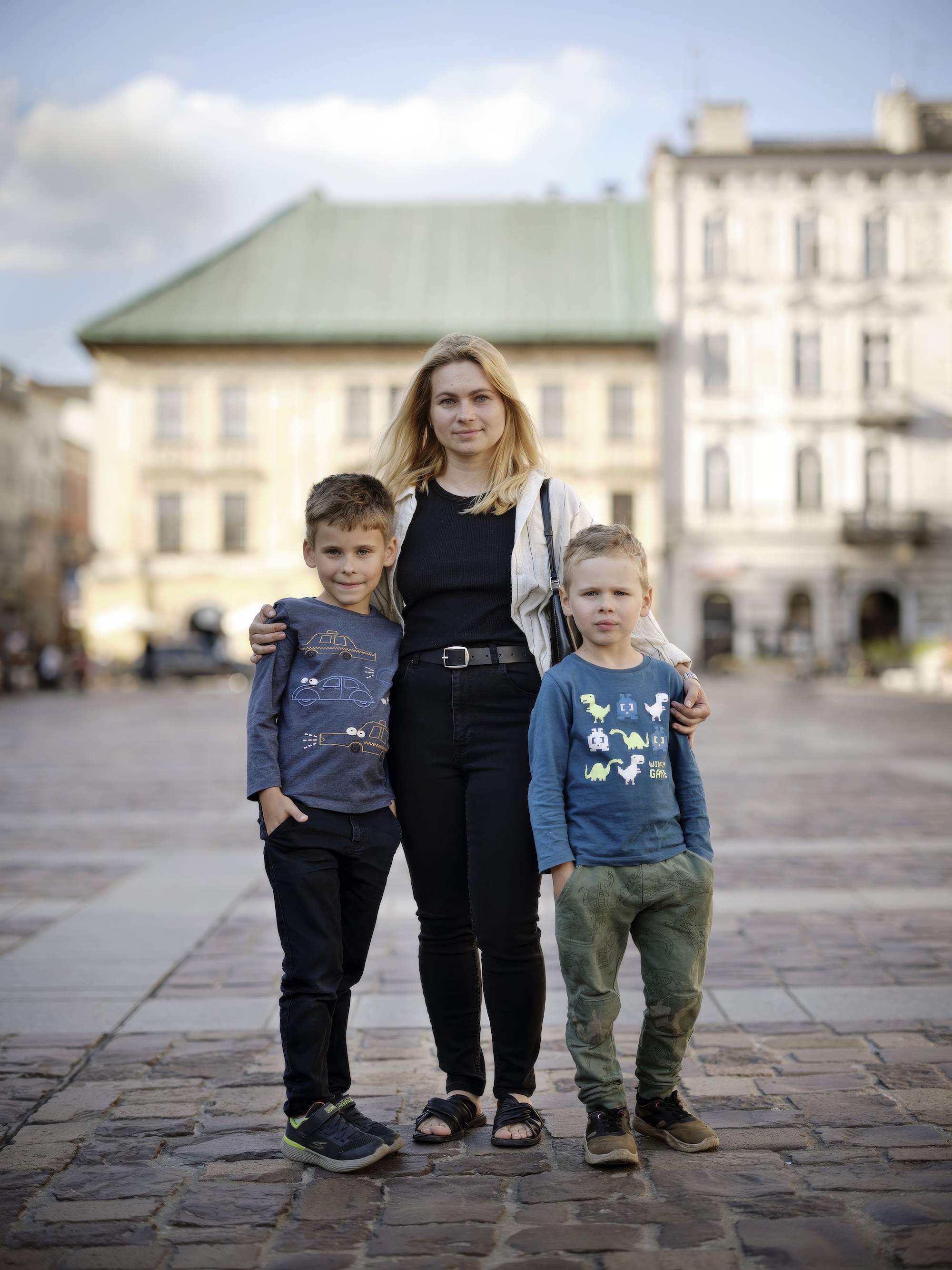
On the day Russia invaded Ukraine, Cristian Barnett was surprised by how shocked and upset he felt. “I vividly remember driving to work that week and listening to the horrendous interviews on the radio, and in the evening watching the images of Ukrainian refugees fleeing the country.” It became clear that this was a significant historical event, and he contemplated documenting some of the many tragic stories from those affected. Once the war commenced, Barnett discovered that several of his Instagram followers were Ukrainian, and he learned their stories.
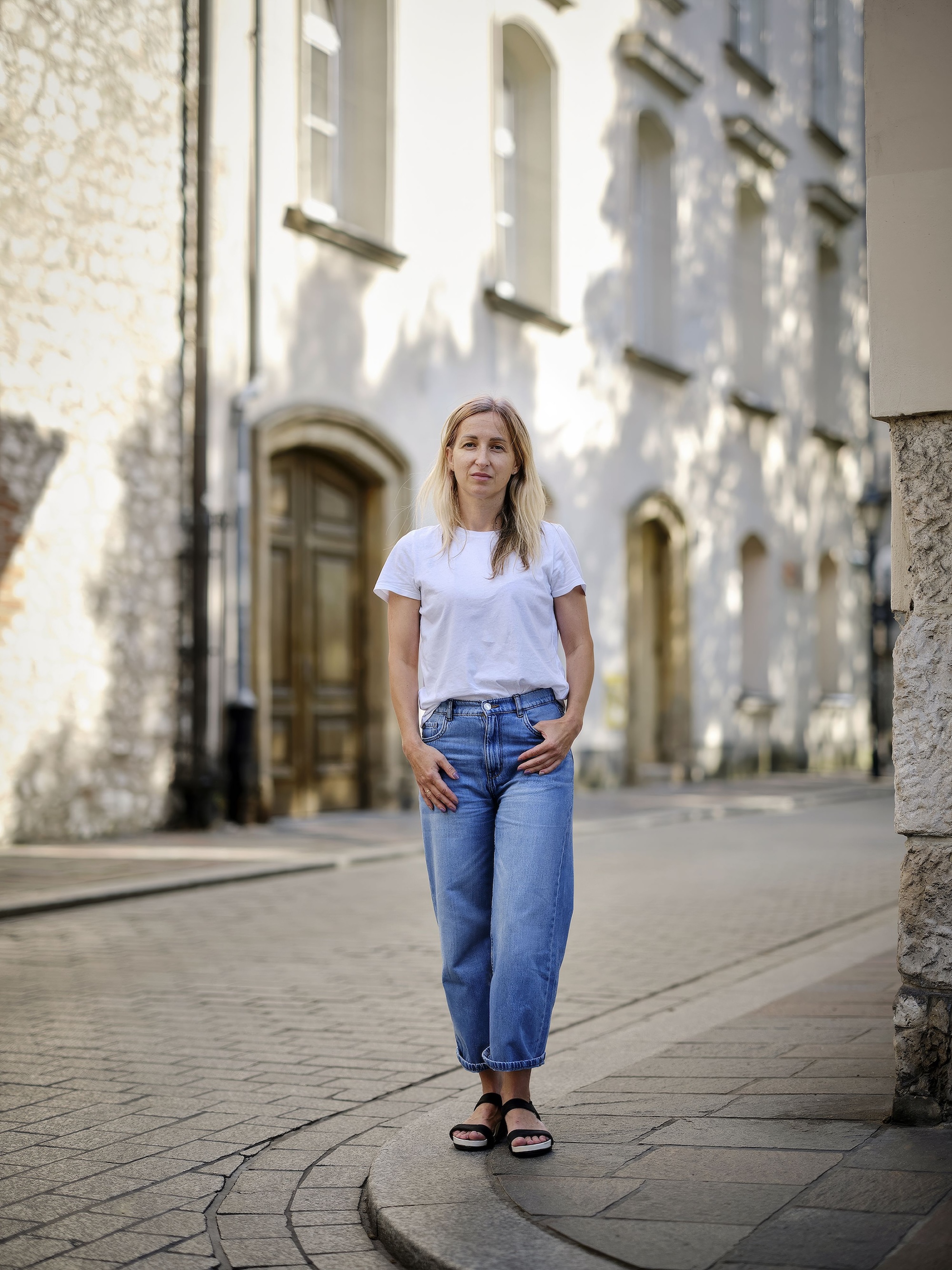
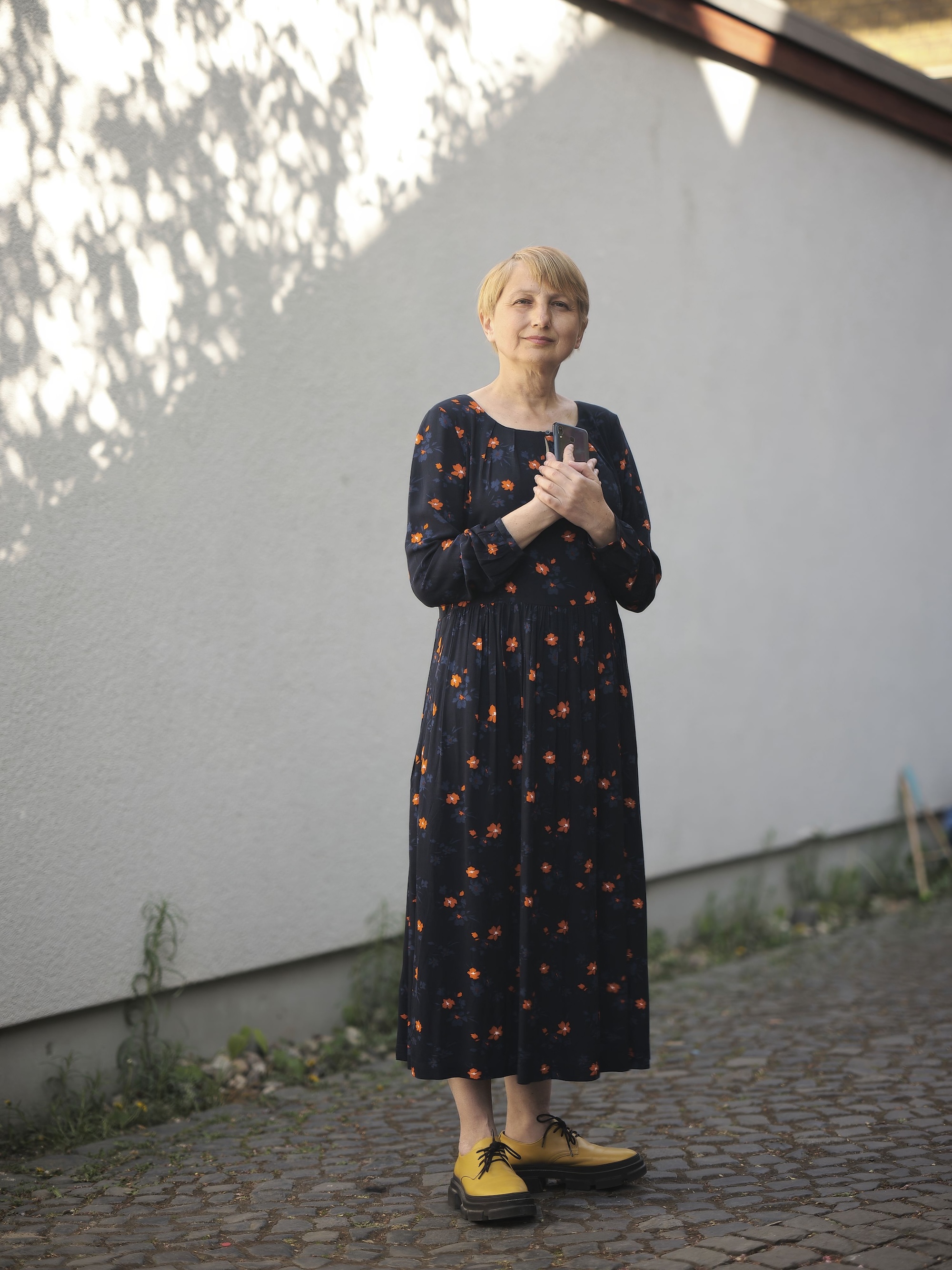
Germany was absorbing a vast number of refugees, so it seemed to Barnett the most prominent place to visit, besides the fact that he already had a contact there. “I hadn’t intended to take pictures in Poland as I had planned to photograph internal refugees in Lviv, in western Ukraine, but a week before the trip, the Kremenchuk shopping mall attack occurred, killing 20 people. Although a long way from Lviv, this brazen attack on civilians resulted in pressure from my friends and family not to go to Ukraine, so I decided to shoot in Poland instead, which, along with Germany, has taken in the largest number of refugees.”
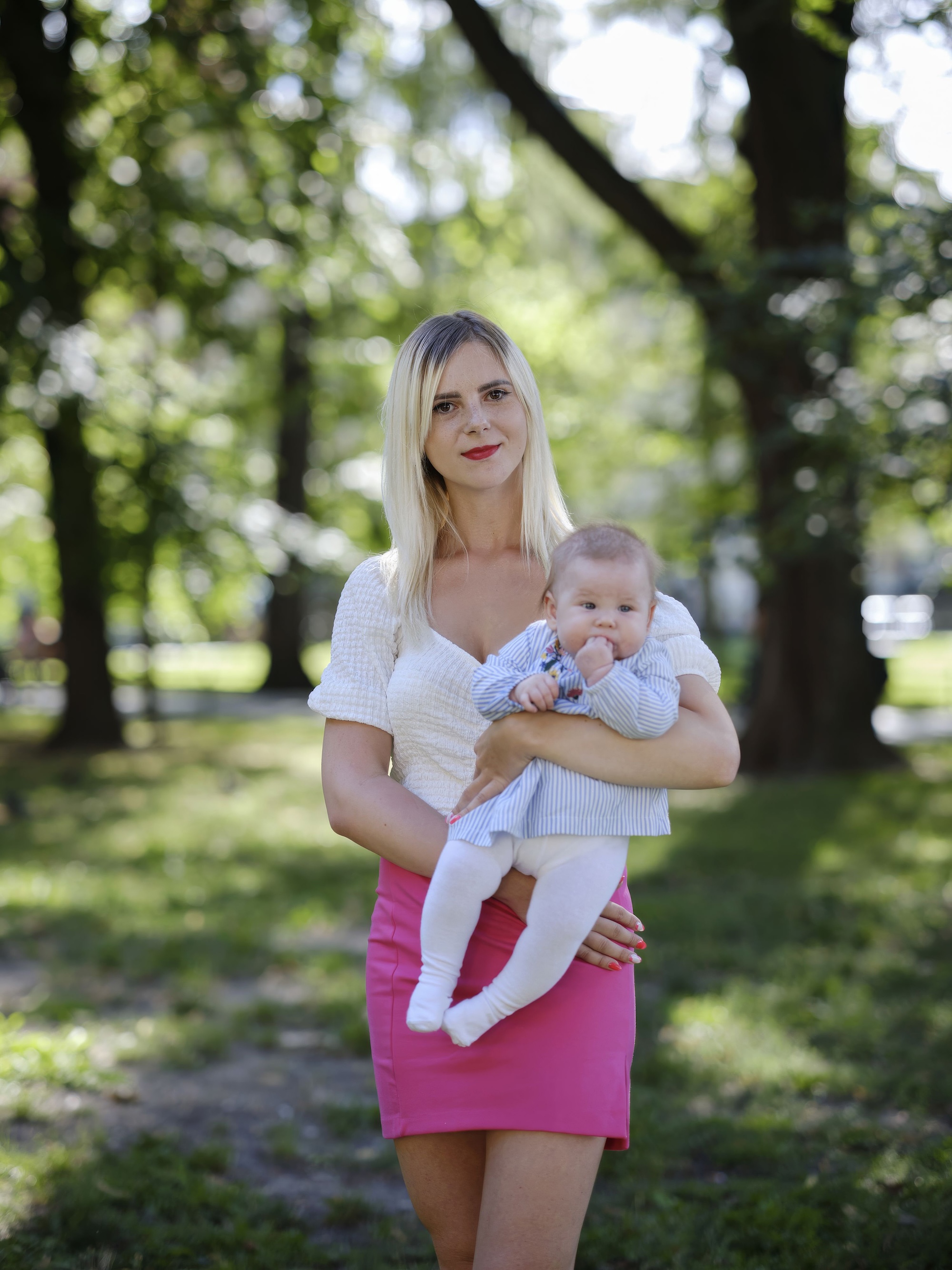
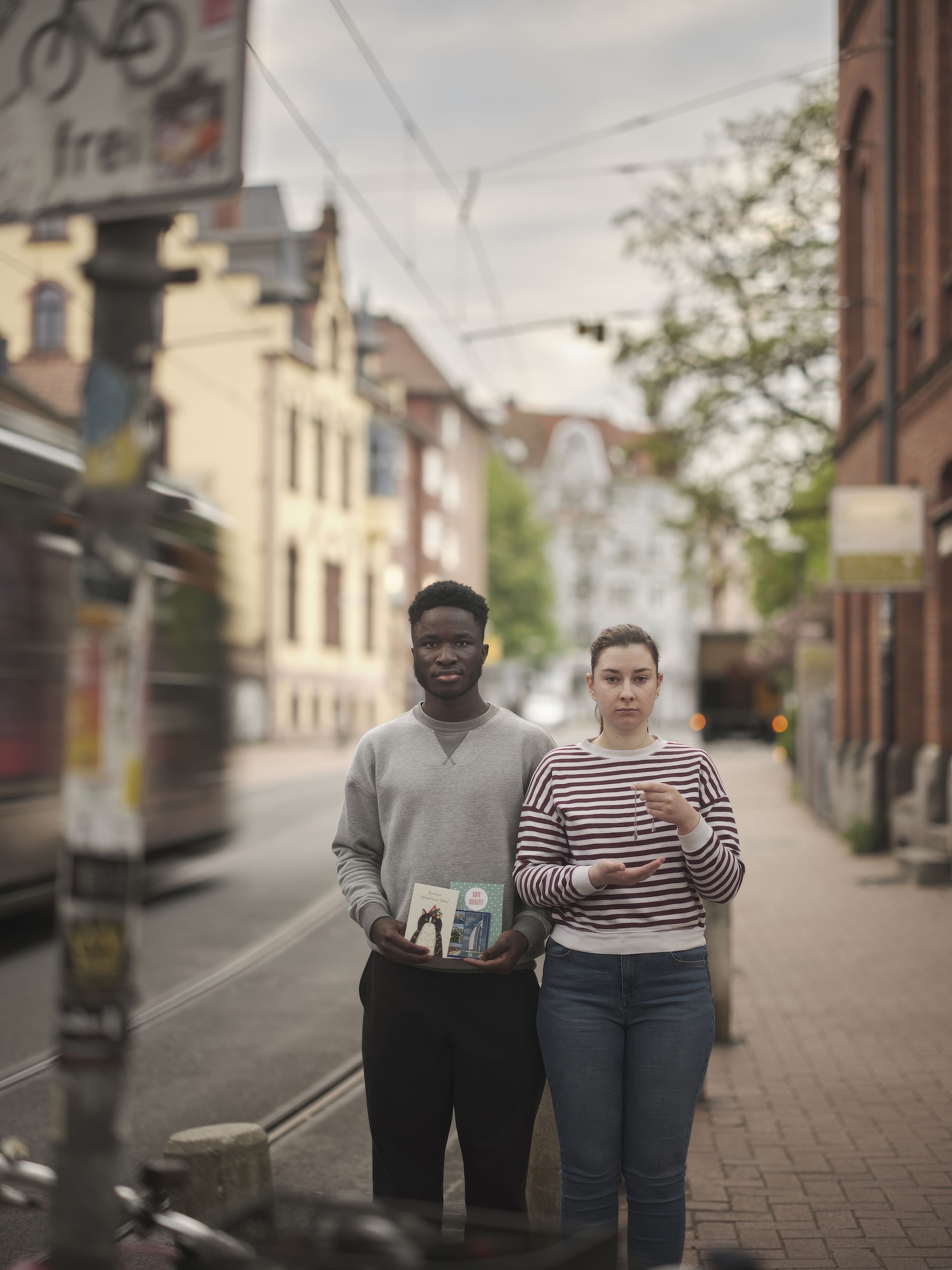
Call for humanity
For the images taken in Germany, Barnett collaborated with a friend residing in Hannover. He also reached out to some of his friends and agencies that focus on refugees. In Poland, he contacted a food photographer who was from Ukraine. “She was not only able to help find other Ukrainians but became part of the project herself.”
He looked for representative stories – mothers and children, larger family groups, and occasionally men, who were often not allowed to leave Ukraine after the invasion.
His series, The Displaced is the result of meeting and photographing Ukrainian individuals in a quiet and patient manner. “I always take time to talk to people before I photograph them, and for a project such as this, it would be very strange not to.”
It is a fundamental call for humanity to support those who lack the security of their homes and families. “We all need and want basic things from life: safety, financial security, and loving friends and family,” says Cristian Barnett.
I always take time to talk to people before I photograph them, and for a project such as this, it would be very strange not to.
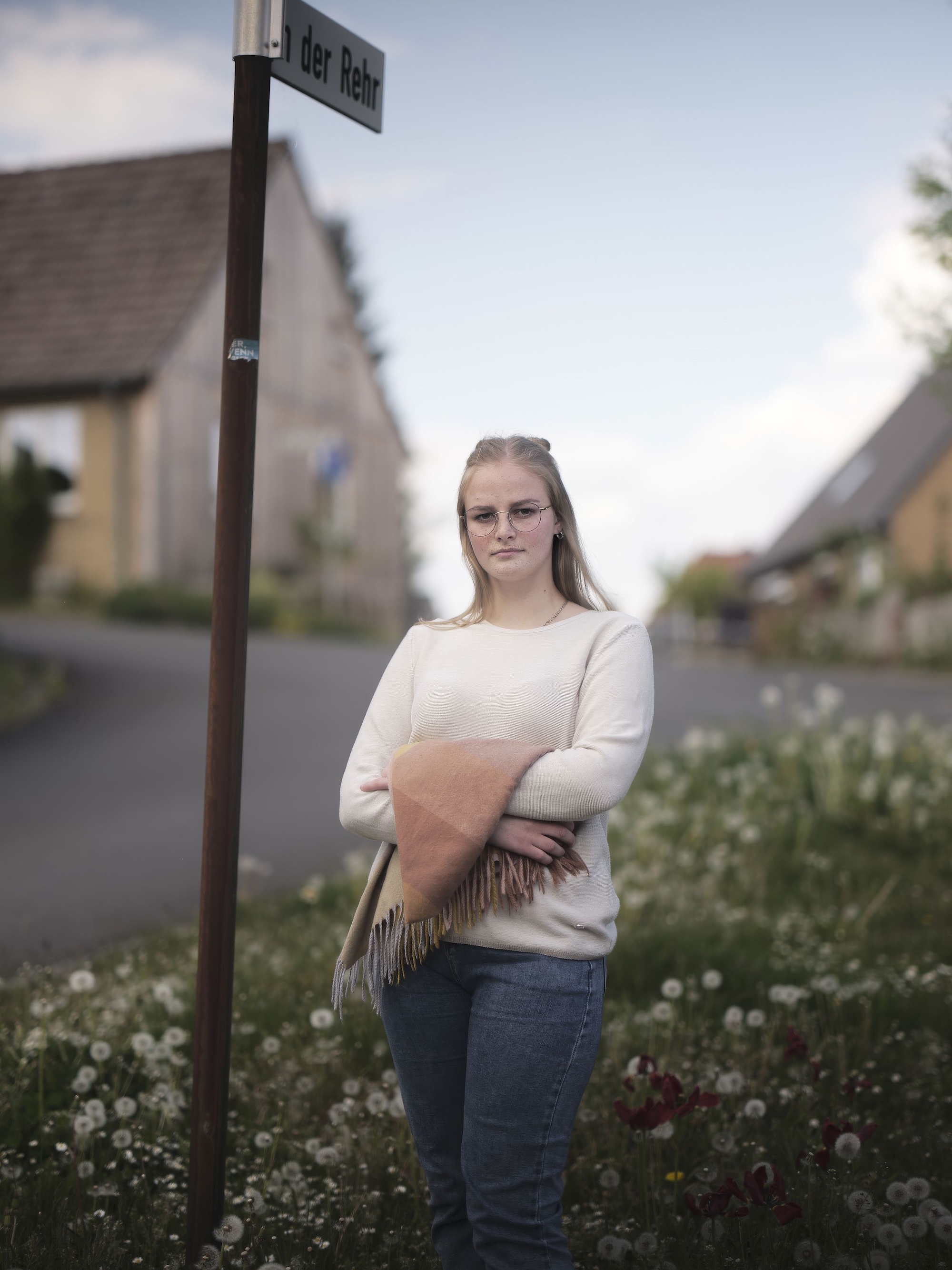
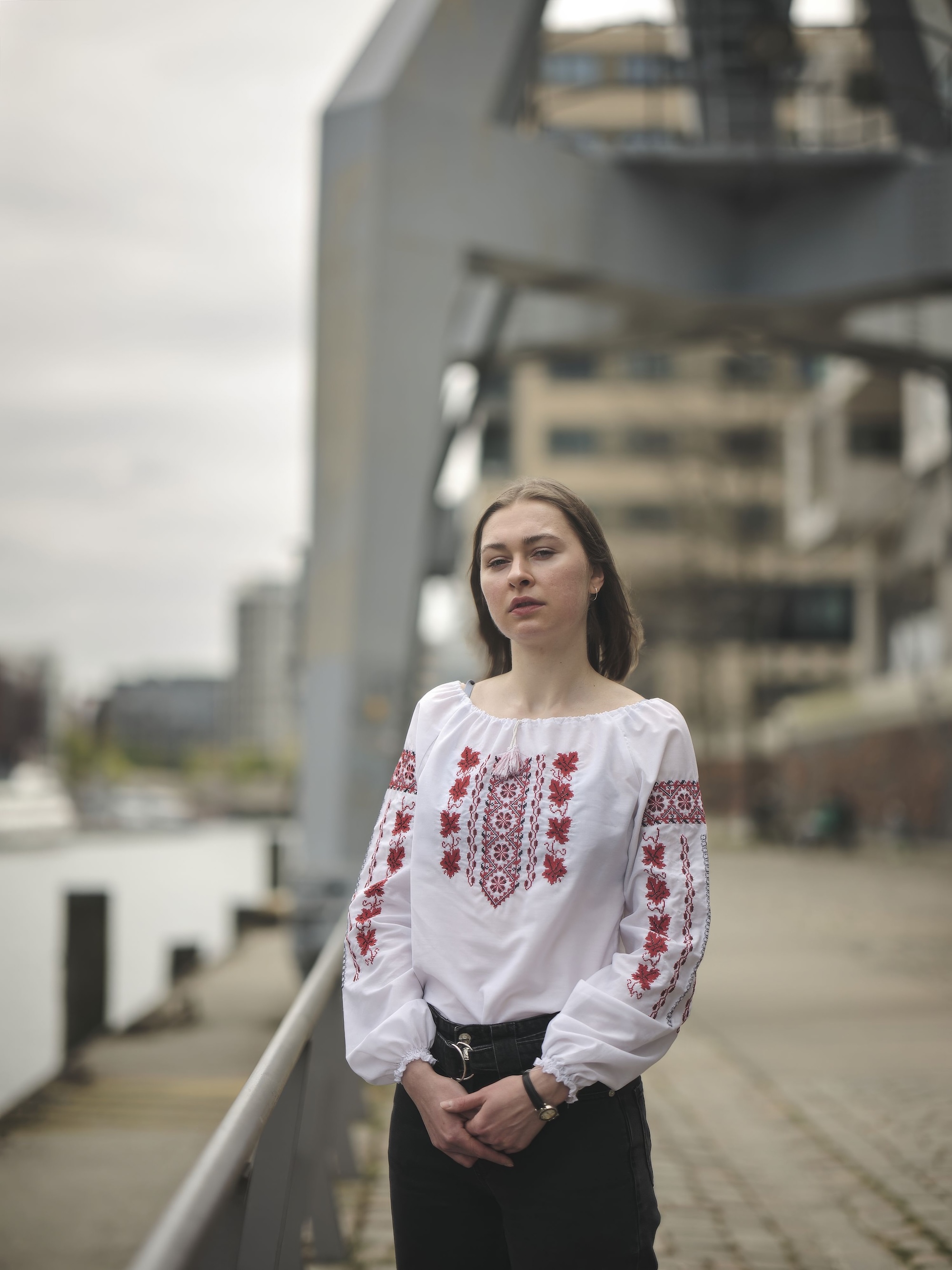
Impact
It is never predictable whether photographs have a substantial impact on an audience, as many people are inundated with thousands of images daily. Nevertheless, every change in people's minds, no matter how small, contributes to a better understanding of our surroundings. “Regarding photography, some images always cut through our photo-saturated lives, but even then, the impact is probably fleeting. I think print is where photography still has some power to impact.”
Photography and text form an effective combination, enhancing the value of both modes of communication. Barnett didn’t limit himself to portraits; he also included informative text, leading to a deeper understanding of individual lives. Anastasia (37), a makeup artist from Mykolaiv, fled with her son and three cats: “On 24th February, I was awoken at 4:30 am by the sound of bombing. My son didn’t want to leave, but thankfully, we did as our home was damaged by bombing on the 25th. On March 10, we took a crowded bus to Poland and waited almost two days to cross the border.” She finally arrived in Hannover, Germany.
Cristian Barnett explains the added value of words: “In this case, I felt that images alone were inadequate, and if they somehow survive into the future, they will become a tiny part of the overall narrative of the war in Ukraine. I don’t usually ‘interview’ people, but the stories were too important not to record, so I also created a list of questions for people to answer. Each story is uniquely heartbreaking and tragic. It’s all so futile.”
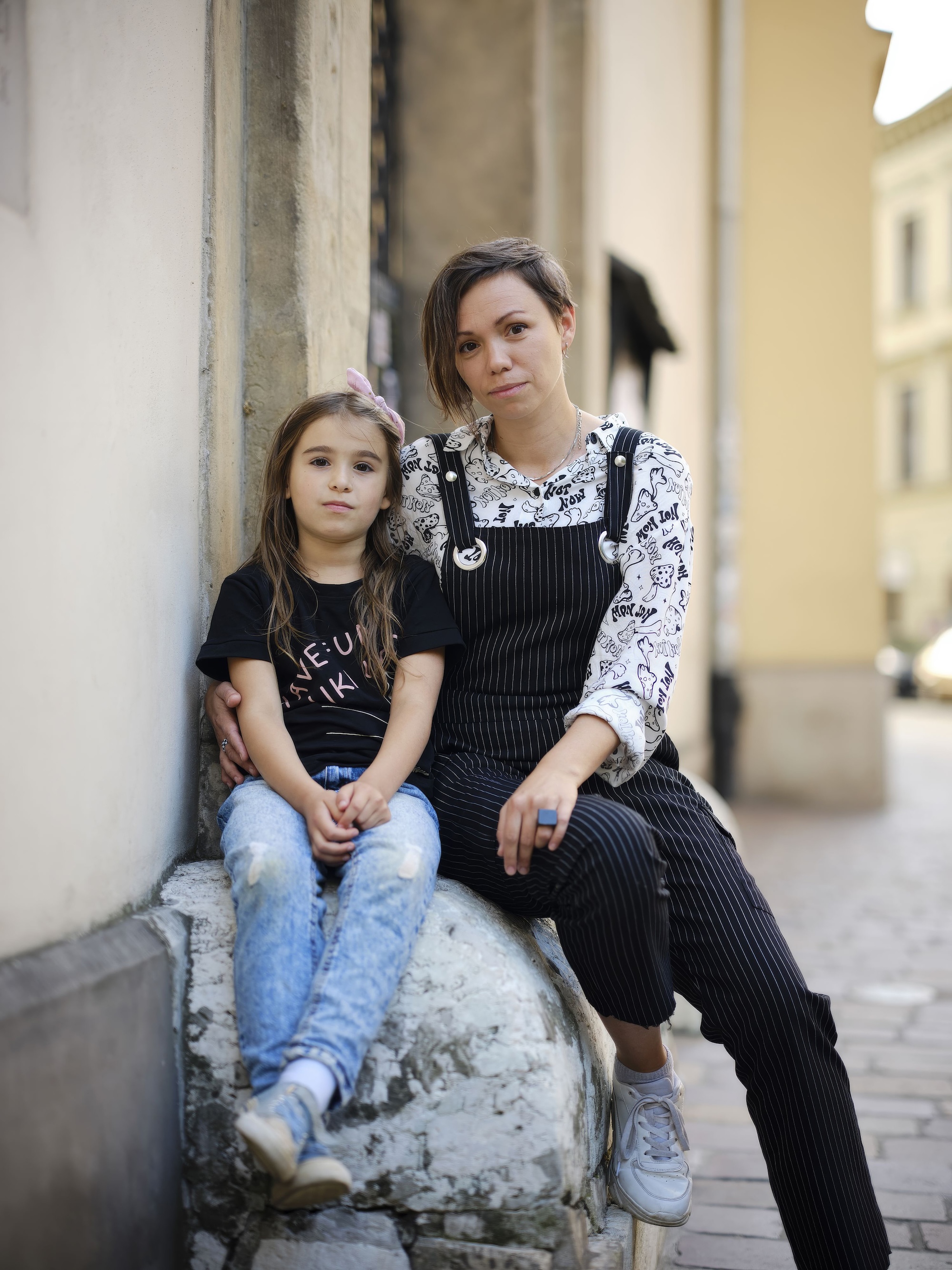
Depth of field
The portraits possess a solemn dignity, forged through a focused session that one only gets with large format cameras and shallow depth of field, strongly emphasising the sitters and capturing their emotion. “The shallow depth of field is achieved with the Fuji GFX 80mm 1.7 lens, which does give an almost large format feel. I like this look as it has a timeless quality and creates a focus vignette which intensifies the person in the shot.”
We all need and want basic things from life: safety, financial security, and loving friends and family.
About
Cristian Barnett is a professional photographer with an eye for the beautiful, specialising in food and drink, interiors, and people. He has been a professional photographer for over 20 years. However, his interest in photography began long before that, with a Kodak Ektra 150 in his early teens. He then progressed to developing films in the bathroom at home.
.svg)
.svg)
.svg)

